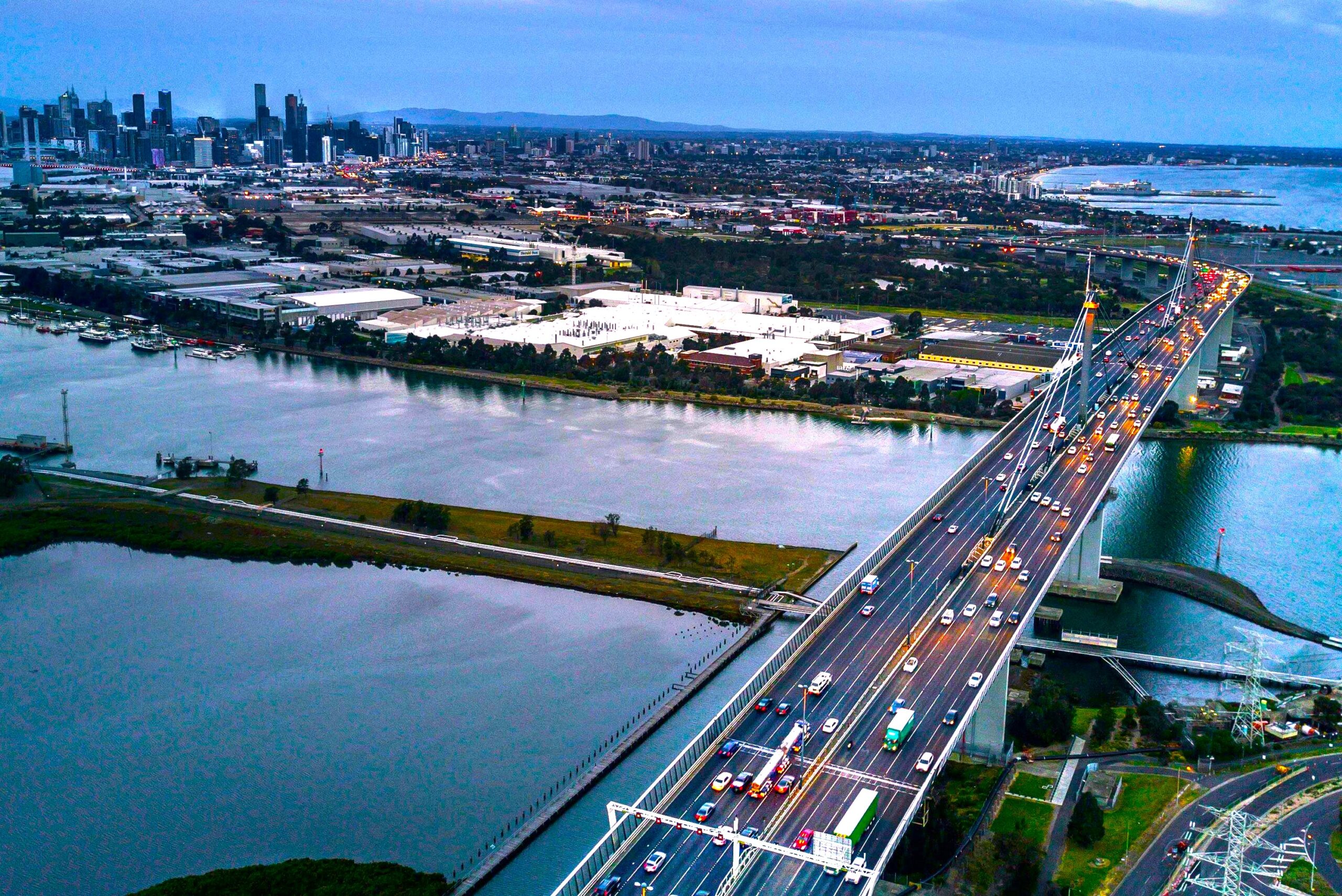They say the three most important factors in real estate are location, location, and location. They’re right, of course, and never more so than when you’re talking about sports-anchored commercial developments, which derive so much of their value and utility from proximity and accessibility.
As a frequent and experienced site identifier for organizations and communities looking to invest in sports-anchored real estate, we’re always looking for ways to simplify and quantify the process. To that end, we’ve developed a system to calculate the value of a location as it relates to a project’s goals. It utilizes 6 crucial criteria – some objective and some subjective – to help clients determine sites that will not only work but continue to deliver long-term return on investment. Here they are:
Criteria 1: Transportation
Whether you’re talking about a stadium, entertainment venue, or the supporting restaurants and hotels, your success depends on attendance. You need to get butts in seats and heads on pillows. And you can’t do that without getting people to the site. That makes transportation one of the most critical criteria for your development. That means you’ll need to consider:
- Ingress/Egress: Is the site accessible from major roadways? Are the lane counts, traffic patterns, and interstate access sufficient?
- Onsite Parking/Parking Potential: Are there existing parking assets or the potential to add enough parking to support the development’s needs?
- Offsite Parking: Are there parking assets in the neighboring area where there’s a control opportunity for your events?
- Public Transportation: Is there access to public transportation at or near the site?
Be sure you weigh all these transportation-related requirements heavily in your evaluation.
Criteria 2: Site Preparedness
Another key criterion is how prepared the site is to build and how well it’s suited to accommodate your project. That means evaluating for factors like:
- Constructability: How ready is the site for construction? (Bonus points for flat ground with no existing structures!)
- Infrastructure: Are things like utilities and road connections already in place or readily accessible?
- Remediation: Does or might the site need environmental remediation?
- Orientation: If it’s a stadium site, will it meet league or sanctioning body orientation criteria? (The US Soccer Federation wants 15 degrees North-South, for example.)
Having the answers to these questions up front not only helps score the site more accurately but will save surprise costs and delays down the line should you choose it.
Criteria 3: Land Acquisition
It may seem elementary, but having a clean path to ownership at a reasonable cost makes any location more desirable. Keep these factors in mind as you score each site:
- Ownership: How willing and engaged are the existing owners? Is there more than one? Are they public or private entities?
- Market Value for Land: Are the land costs favorable?
Criteria 4: Desirability
As we mentioned earlier, not all site selection criteria are objective. Some are based on things you can’t necessarily quantify with hard numbers. One of those is desirability, which is certainly a critically important aspect in choosing a location, if not an exact one. Here are some factors for scoring it:
- Reputation of the Site: Does the site have a history and how well is it regarded in the community?
- Proximity to Target Demographic: You know your audience. Is the location close, connected, or interesting to your target demo?
- Development Potential: Is there enough space and opportunity for you or another group to develop the location beyond your project?
- P3 Potential: How likely is the site to attract funding support, land acquisition, site preparation, tax abatement, or facility ownership from the public sector?
Desirability may be harder to quantify, but it has to be a key factor in your location evaluation.
Criteria 5: Revenue Generation
The endgame for any commercial development is profit, obviously, so the potential for revenue generation needs to be a big part of the location conversation. Be sure these factors are part of your evaluation:
- Visibility: Major roadways bring traffic, as we discussed in the transportation section. But they also bring visibility. And that’s a big sell when it comes to sponsorship. Does the site have the kind of visibility a naming-rights sponsor would pay a premium for?
- Programming Potential: How easy will it be to program the venue? Are there neighborhood, covenant, or other restrictions that can limit your ability to book the space? It’s a subjective measure to a degree, but it can be a significant one depending on your vision for the venue.
Criteria 6: Schedule
Last but certainly not least is the timeline. Time is money, and the faster you can get the site under control and under construction, the sooner you can start reaping your development’s rewards. Here are three scheduling factors to consider as you’re assessing locations:
- Property Control Timeline: Can the site be controlled and accessed quickly so things like site due diligence and environmental studies can commence?
- Rezoning Timeline: Is the site zoned properly to support the facility and the development? If not, what’s the likely timetable for appeals and approval?
- Site Preparation Timeline: Assuming you have the zoning and control you need and your due diligence done, how soon the site can be ready for construction?
As with most things, if you can get the timing right, you’re ahead of the game. And if you’re in the sports business, you know what a huge advantage that is.
Answering these questions and assigning points to each criterion (we use a scale of 1-3, with 3 being the highest) should give you a simple but practical system to rank the relative value of each site. The most important thing is to be as objective and consistent as possible. If you are, you’ll have done a more-than-solid site evaluation and put your development on the intentional firm footing it will need to succeed.

